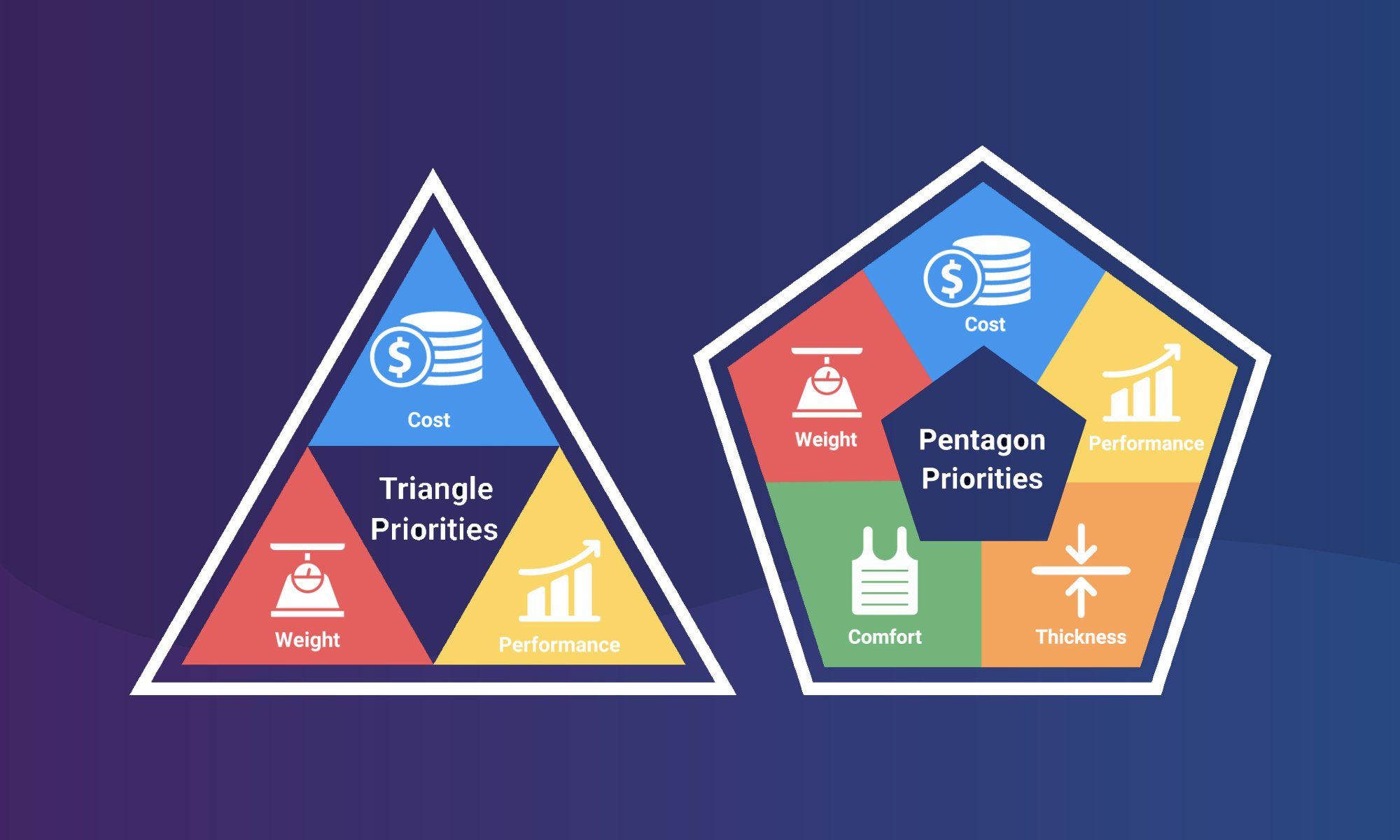
The Future of Body Armor: Adaptive Camouflage for Military Personnel
Adaptive camouflage is reshaping the future of military body armor, giving soldiers concealment, protection, and tactical advantage.

How to Spot High-Quality Body Armor: A Buyer’s Checklist
Choosing body armor is a critical decision that directly impacts your safety in high-stakes situations. Whether you’re a professional or civilian, understanding what sets high-quality armor apart is essential. This comprehensive buyer’s checklist guides you through evaluating certifications, materials, threat compatibility, and manufacturer reputation. By avoiding common pitfalls and recognizing red flags, you can confidently invest in armor that provides reliable, life-saving protection.

Unveiling the Future of 3D Printing and the Next Generation of Body Armor
The future of body armor is here, driven by the transformative power of 3D printing. This technology is redefining ballistic protection with custom-fit designs, lightweight materials, and modular systems. From enhancing comfort and mobility to enabling rapid prototyping and field repairs, additive manufacturing is revolutionizing the defense and public safety industries.
Explore how companies like IntelAlytic and key players in 3D printing are paving the way for innovation, optimizing supply chains, and meeting the highest safety standards. Dive into the advancements shaping the next generation of body armor.

63 Important Facts & Statistics About Body Armor and Global Ballistics
This article serves as a comprehensive resource for understanding the critical aspects of protective gear and global ballistic standards. Beyond mere numbers, the article delves into the intricacies of body armor, clarifying that while it significantly reduces the risk of penetration, it's not entirely impervious to threats. Through an exploration of key standards set by the National Institute of Justice (NIJ) and the Compliance Testing Program (CTP), the piece underscores ongoing efforts to enhance protective capabilities and adapt to emerging dangers. Global ballistic standards, which encompass various testing criteria and threat levels, provide essential benchmarks for evaluating armor performance worldwide. Additionally, the article highlights innovations in materials such as aramids, UHMWPE, ballistic ceramics, and steel, reinforcing the importance of proactive risk management amidst supply chain vulnerabilities.

2024 Guide to Global Ballistic Standards: Essential Insights for Body Armor
This article explores global ballistic standards crucial for designing body armor across military, law enforcement, and civilian sectors. Examining major standards such as NIJ, ASTM, UL, VPAM, TR, HOSDB, GOST, and GA141, we dissect their protection levels, addressable threats, and practical implications. Intended for manufacturers, policymakers, and end-users, this resource emphasizes the need for informed decision-making in adapting to evolving ballistic threats. Our analysis aims to enhance understanding of global standards shaping the safety and effectiveness of body armor in diverse environments.

The Evolution of Body Armor Design: Beyond the Triangle to a Pentagon of Priorities
For decades, the design and development of body armor have been dominated by a seemingly straightforward trade-off among three critical factors: weight, cost, and performance. This traditional view, often visualized as a triangle, has guided manufacturers in making decisions that balance these competing demands. However, the reality of body armor design is far more complex. Today, experts and manufacturers recognize that a successful protective platform is better represented by a pentagon that includes two additional, equally crucial factors: thickness and comfort. This article explores the five keys to a successful protective platform, revealing why it's time to move beyond the triangle to embrace a more nuanced and comprehensive approach.

NIJ Advisory Notices and NIJ Safety Notices to Law Enforcement and Corrections Agencies
The NIJ Compliance Testing Program (CTP) is vital for ensuring safety in law enforcement and corrections. Manufacturers voluntarily participate, demonstrating their commitment to quality. Advisory and Safety Notices play a crucial role, temporarily or immediately addressing concerns with body armor models. Understanding these notices is essential for manufacturers and end-users. Adherence to NIJ standards grants manufacturers a recognized mark of quality. The NIJ CTP's dynamic approach keeps standards current and effective in challenging environments. IntelAlytic supports adherence to compliance, prioritizing the long-term safety of body armor models and those who serve our communities.

Comprehensive Body Armor Care Guide: Proper Use, Maintenance, and Storage Techniques
This guide consolidates expert knowledge and industry best practices for maintaining body armor. Focused on soft armor, hard armor, ballistic helmets, and shields, it provides detailed instructions for ensuring their optimal performance and durability. Law enforcement officers are advised to conduct regular visual inspections of their body armor to check for any signs of damage, such as rips, excessive wear, or other forms of degradation.

